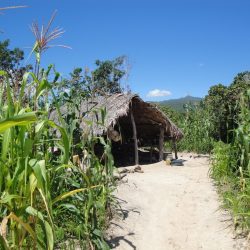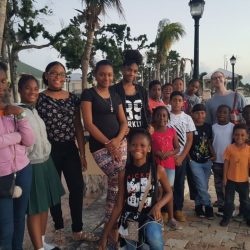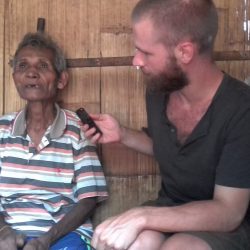Is she biased? Are you?
Gender equality in machine translation
Many times I have heard of my weird – or original, as I like to say – mother tongue, Finnish. It belongs to the same language family as Hungarian but is geographically isolated in the North, and not related to the neighbouring Nordic languages nor Russian. However, I’ve always been proud of the uniqueness of my language.
Each language has its unique way of capturing and categorizing the world, but in the case of Finnish, one could rather talk about non-categorizing: Finns don’t have articles nor grammatical genders, like “a” and “an” in English, or like feminine and masculine forms in French. In fact, there is no apparent gendering almost at all in the language. … ↪







